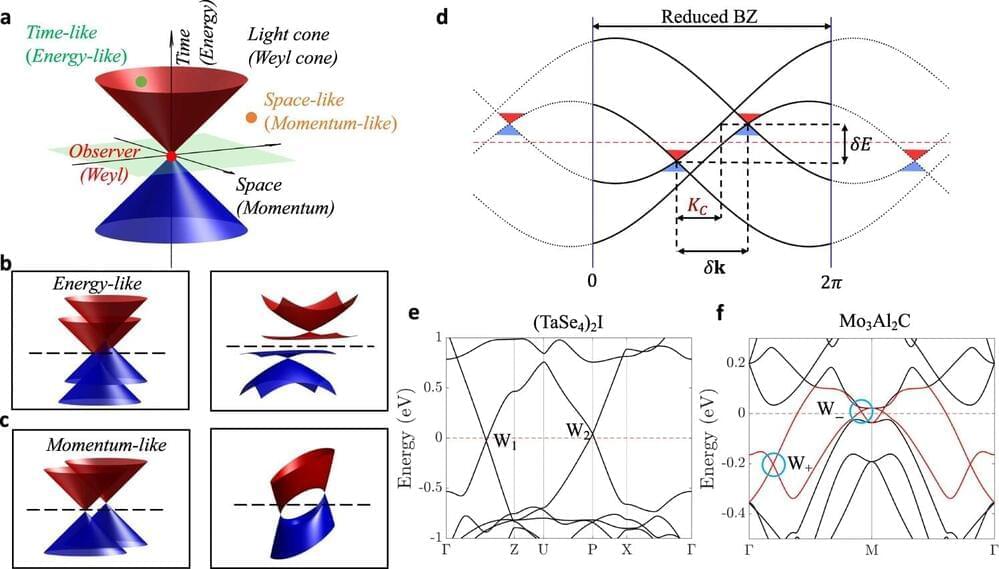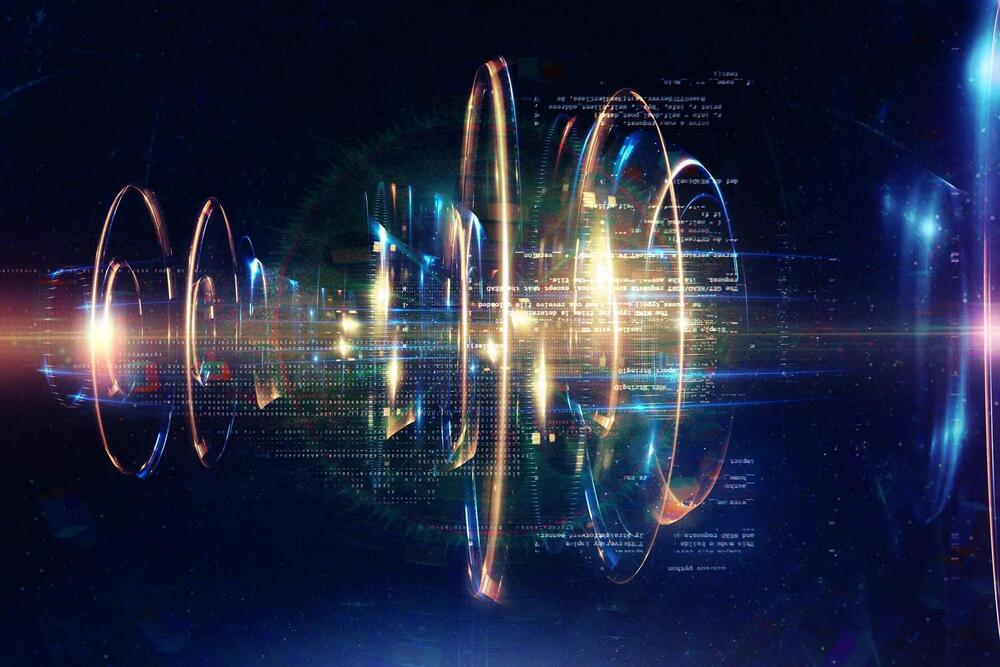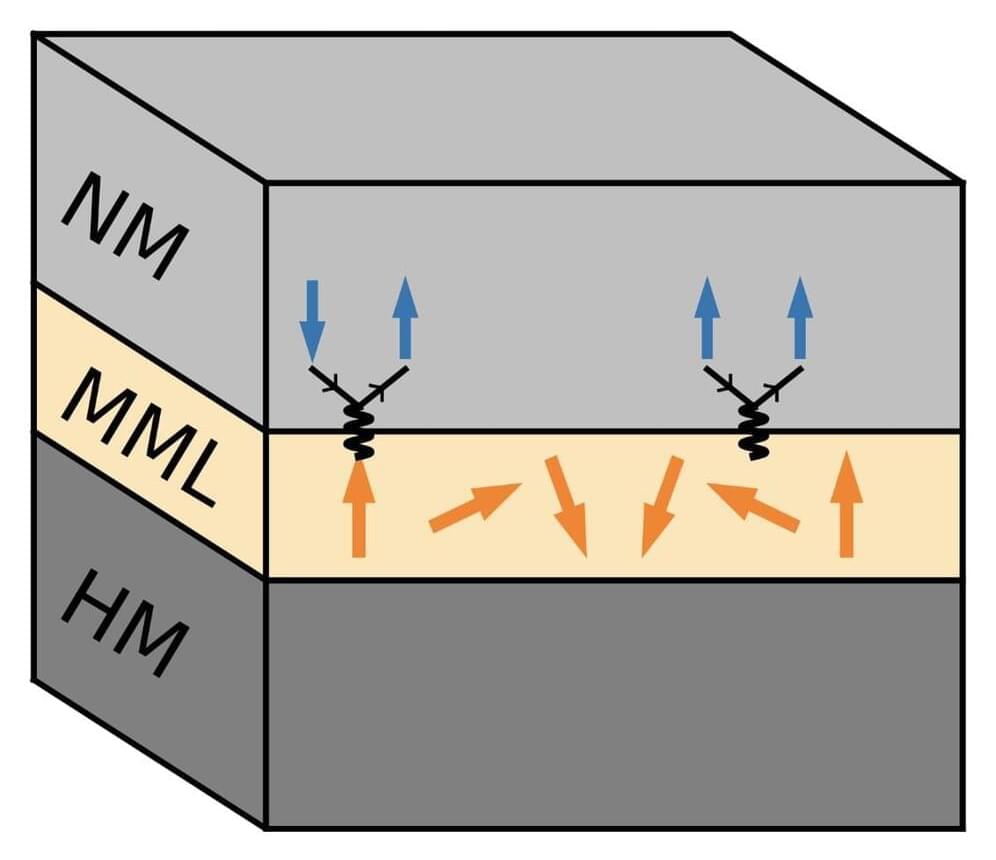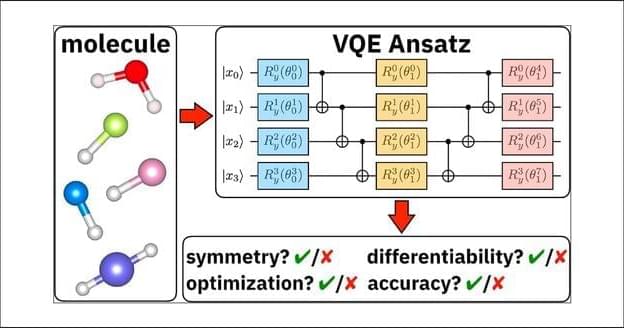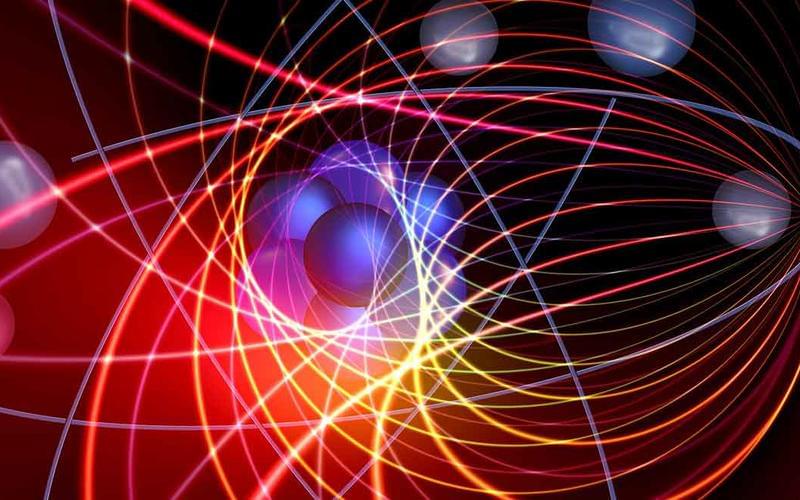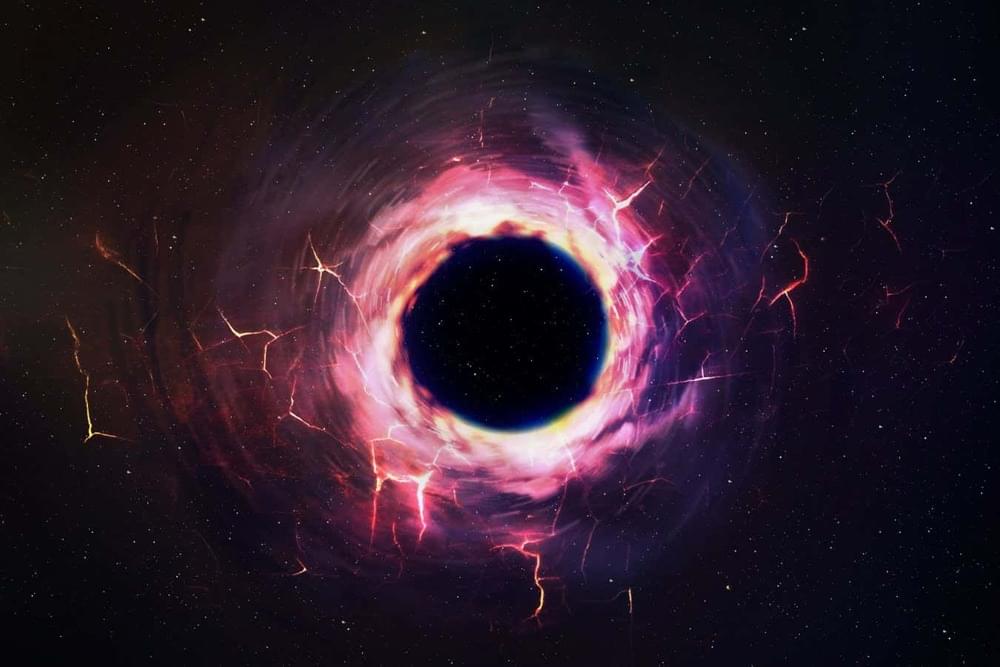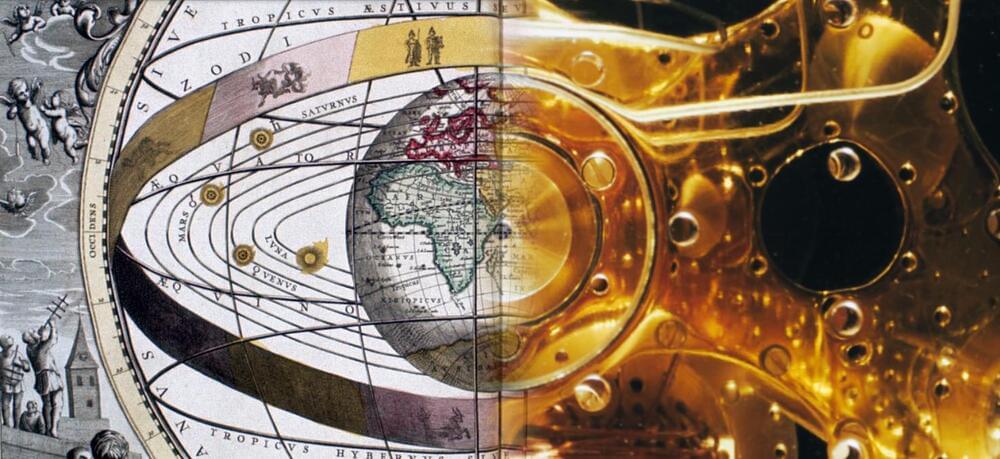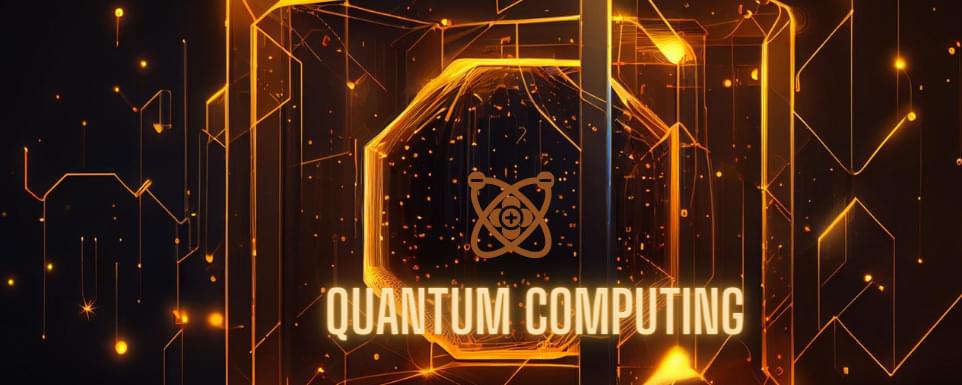May 1, 2023
Researchers pull back the quantum curtain on ‘Weyl fermions’
Posted by Saúl Morales Rodriguéz in categories: particle physics, quantum physics
Northeastern researchers have made what they describe as a groundbreaking discovery in the field of quantum mechanics.
Wei-Chi Chiu, a postdoctoral researcher at Northeastern reporting to Arun Bansil, university distinguished professor of physics at Northeastern, tells Northeastern Global News that his team has published a novel study examining the nature of a specific class of subatomic particles, whose very existence has eluded quantum physicists for nearly a century.
Chiu and his colleagues propose a new theoretical framework to explain how these particles, called Weyl fermions, interact with each other in certain materials. The findings, published in Nature Communications earlier this month, look beyond the framework of Albert Einstein’s theory of relativity to probe these mysterious particles, Chiu says.
